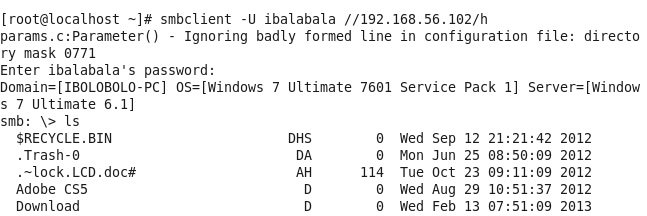Tulisan kali ini gw copas dari Penulisan Ilmiah gw, yang judul nya “Membangun Samba Server pada Linux Centos”
Samba
Samba atau SMB yg disebut juga Server Message Block, sebuah protokol yang dapat berjalan pada multi platform untuk menangani file sharing dan printer sharing. Samba bisa juga dibilang sebagai jembatan untuk menyembatani sebuah komputer yang hendak melakukan sharing pada platform yang berbeda.
Samba dapat menangi klien dari Os windows, OS X, linux dan Unix. Namun untuk sisi server samba yang di gunakan adalah platform Unix dan Linux. Samba memiliki beberpa keunggulan, gratis, dapat berjalan pada platform yang berbeda, konfigurasi mudah dan samba merupakan opensource.
Bulan Desember 1991, merupakan sejarah kelahiran Samba Server, yang dibuat oleh seorang Andrew Tridgell, mahasiswa PhD (Doktor) Ilmu Komputer di Australian National University (ANU), Canberra, Australi. Singkatya, tahun 1992 project Samba dibuat untuk mengatasi persoalan yang muncul dikala dia hendak menghubungkan komputer miliknya (Linux) dengan komputer (Ms.Windows). (Sebenarnya samba telah dibuat sebelumnya namun belum diporting ke Sistem Operasi Linux. Tahun 1992, merupakan awalnya berdiri team Samba yang pada waktu itu beranggotakan Jeremy Allison, Jochen Hupert, Matthew Harrell, Frank Varnavas dan beberapa hacker lain yang tersebar diseluruh dunia.
| $ sudo | Masuk Sebagai Super User |
| #yum install samba | Install Samba |
| #useradd <user> | Menambahkan samba user |
| #smbpasswd –a <user> | Menammbahkan password pada user |
| #nano /etc/samba/smb.conf | Configurasi Samba dengan nano |
| #service samba start | Mengjalan kan samba |
